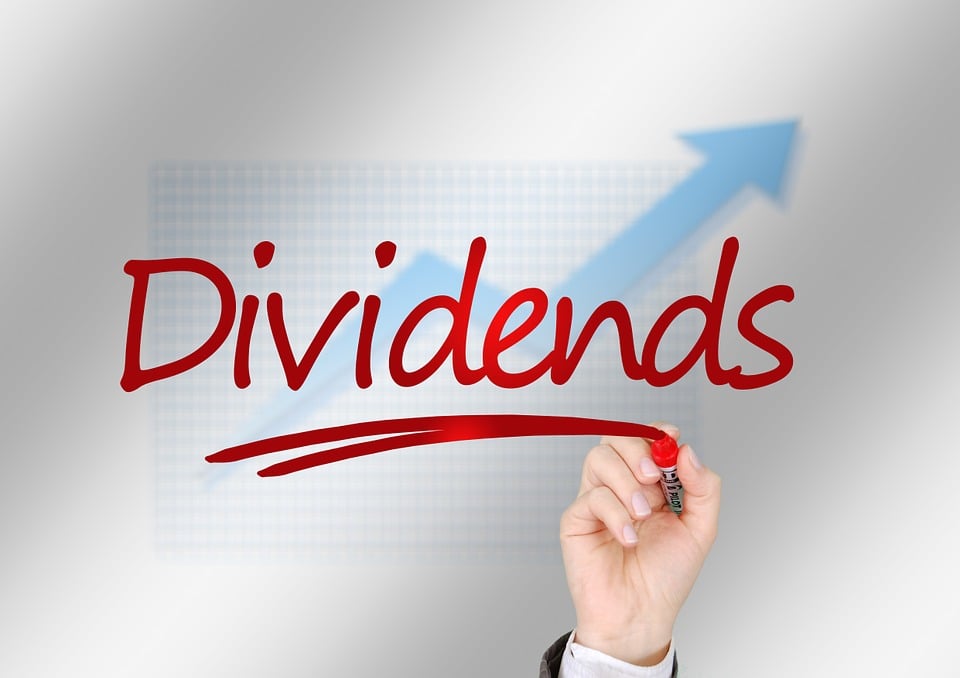3 Top Notch Dividend Stocks To Hold Forever

Image Source: Pixabay
Investors looking for long-term opportunities should take a closer look at dividend growth stocks. Companies that have durable competitive advantages can raise their dividends each year, even during periods of economic recessions.
This article will take a look at 3 Dividend Aristocrats that have increased their dividends for at least 25 years, making them ideal buy and hold forever stocks.
National Fuel Gas (NFG)
National Fuel Gas Co. is a diversified energy company that operates in five business segments: Exploration & Production, Pipeline & Storage, Gathering, Utility, and Energy Marketing. The largest segment of the company is Exploration & Production.
Thanks to its vertically integrated business model, it enjoys significant synergies.
In early November, National Fuel Gas reported (11/1/23) financial results for the fourth quarter of fiscal 2023. The company grew its production 7% over the prior year’s quarter thanks to the development of core acreage positions in Appalachia. However, the average realized price of natural gas fell -18%, from $2.84 to $2.33.
As a result, adjusted earnings-per-share declined -34%, from $1.19 to $0.78, and missed the analysts’ consensus by $0.07. The company has beaten the analysts’ estimates in 15 of the last 18 quarters.
National Fuel Gas pursues growth by growing its natural gas production and expanding its pipeline network. The company has grown its earnings-per-share at a 6.2% average annual rate over the last seven years. Moreover, the company grew its proved reserves 8% in 2022 and 9% in 2023. This certainly bodes well for future growth prospects.
National Fuel Gas has a healthy balance sheet while its interest coverage level stands at a strong 5.2. Moreover, its dividend payout ratio is sufficiently low to enable continued dividend growth even if earnings stall temporarily. Management has always targeted a dividend payout ratio around 50% in order to have a wide margin of safety against the wide fluctuations of the price of natural gas.
NFG has increased its dividend for 54 consecutive years.
Procter & Gamble (PG)
Procter & Gamble is a consumer products giant that sells its products in over 180 countries. Notable brands include Pampers, Luvs, Tide, Gain, Bounty, Charmin, Puffs, Gillette, Head & Shoulders, Old Spice, Dawn, Febreze, Swiffer, Crest, Oral-B, Scope, Olay and many more. The company generated $84 billion in sales in fiscal 2024.
Procter & Gamble has paid a dividend for 134 years and has grown its dividend for 68 consecutive years – one of the longest active streaks of any company. On April 9th, 2024, Procter & Gamble raised its dividend by 7.0%, from $0.9407 per quarter to $1.0065.
In mid-October, Procter & Gamble reported (10/18/24) financial results for the first quarter of fiscal 2025 (its fiscal year ends June 30th). Its sales dipped -1% while its organic sales grew 2% over last year’s quarter thanks to 1% price hikes and 1% volume growth. Core earnings-per-share grew 5%, from $1.83 to $1.93, beating the analysts’ consensus by $0.03. The firm sales amid sustained price hikes are a testament to the strength of the brands of Procter & Gamble.
The company reaffirmed its guidance for 3%-5% growth of organic sales and 5%-7% growth of earnings-per-share in fiscal 2025. Accordingly, we still expect core earnings-per-share of $6.98. Procter & Gamble has beaten the analysts’ estimates in 26 of the last 28 quarters.
Procter & Gamble has grown its earnings-per-share by 5.6% per year on average over the last decade. Sales have grown 2% per year on average over this period, and net profit margin has increased. The company has been going through a major transformation in recent years.
It has sold a significant number of low-margin, low-growth brands and has reduced its brand count from ~170 to 65. This transformation has weighed on the top line, but it should allow Procter & Gamble to focus on its strongest, most profitable brands moving forward.
PG has increased its dividend for 68 consecutive years.
The Coca Cola Company (KO)
Coca-Cola was founded in 1892. Today, it is the world’s largest non-alcoholic beverage company. It owns or licenses more than 500 non-alcoholic beverages, including both sparkling and still beverages. Its brands account for about 2 billion servings of beverages worldwide every day, producing more than $45 billion in annual revenue.
The sparkling beverage portfolio includes the flagship Coca-Cola brand, as well as other soda brands like Diet Coke, Sprite, Fanta, and more. The still beverage portfolio includes water, juices, and ready-to-drink teas, such as Dasani, Minute Maid, Vitamin Water, and Honest Tea.
Coca-Cola posted third quarter earnings on October 23rd, 2024, and results were better than expected on both revenue and profits. The company saw adjusted earnings-per-share of 77 cents, which was two cents better than estimates.
Revenue was off fractionally year-over-year to $11.9 billion, but did beat estimates by $290 million. Organic revenues were up by 9%. That included 10% growth in price and mix, a 2% decline in concentrate sales, and a 1% gain in case volumes.
The payout ratio has been in the mid-70% range for the past few years but is below that now with rising earnings. Dividend growth will remain a priority for management, and we see the payout as safe, with room to grow, particularly with generally improving free cash flow generation, as we saw again in 2023.
Coca-Cola’s competitive advantages include its unparalleled suite of beverage brands, as well as its efficient global distribution network. Coca-Cola is also extremely resistant to recessionary environments, having increased its earnings per-share during and after the financial crisis.
KO has increased its dividend for 62 consecutive years.
More By This Author:
10 Rock Solid Dividend Stocks For Decades Of Rising Income
Monthly Dividend Stock In Focus: Sila Realty Trust
10 Ideal Retirement Investment Stocks
Disclaimer: SureDividend is published as an information service. It includes opinions as to buying, selling and holding various stocks and other securities. However, the publishers of Sure ...
more


